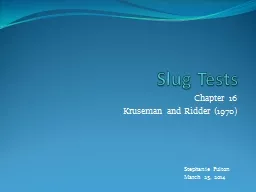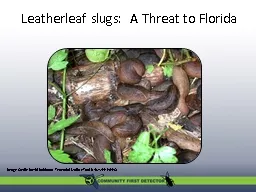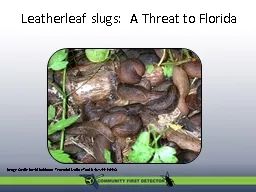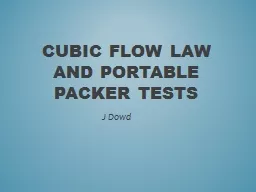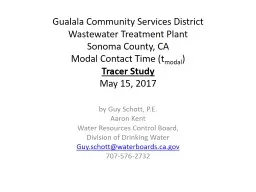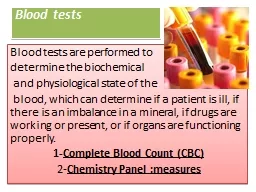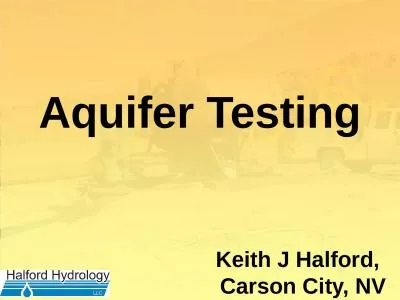PPT-Slug Tests
Author : jane-oiler | Published Date : 2016-07-15
Chapter 16 Kruseman and Ridder 1970 Stephanie Fulton March 25 2014 Background Small volume of wateror alternatively a closed cylinderis either added to or removed
Presentation Embed Code
Download Presentation
Download Presentation The PPT/PDF document "Slug Tests" is the property of its rightful owner. Permission is granted to download and print the materials on this website for personal, non-commercial use only, and to display it on your personal computer provided you do not modify the materials and that you retain all copyright notices contained in the materials. By downloading content from our website, you accept the terms of this agreement.
Slug Tests: Transcript
Download Rules Of Document
"Slug Tests"The content belongs to its owner. You may download and print it for personal use, without modification, and keep all copyright notices. By downloading, you agree to these terms.
Related Documents

